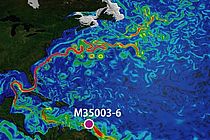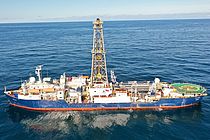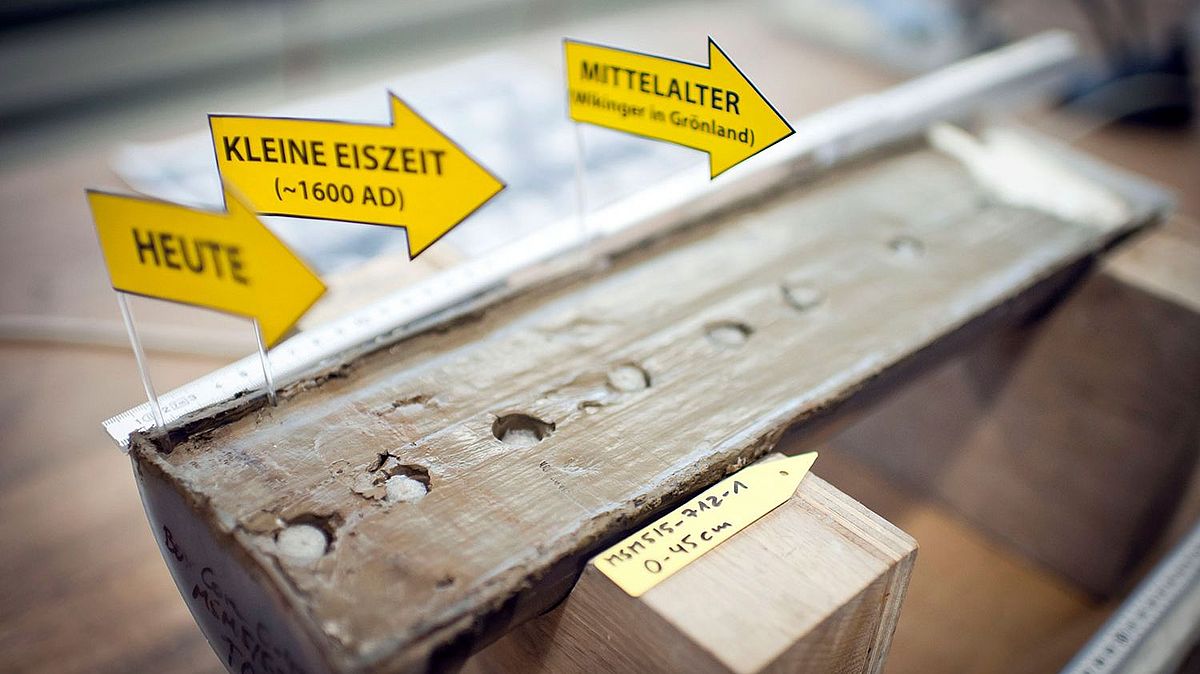
Sediment Cores - Probing Earth's History
The largest environmental archive of all is the seabed. Dead organisms are constantly deposited there. The remains of living organisms in limestone promise clues about the environmental conditions during their lifetime. Furthermore, many layers also contain particles of mineral material such as clay, sand and stones that were carried into the sea by rivers, winds and glaciers.
The detailed sampling of these organic and mineral remains of past times in sediment cores provides researchers with important information about the climate that once prevailed on our planet, ocean currents, the mass balance and the interaction between sediment and seawater, as well as the development of magmatic systems.
Increasingly, sediment cores are also being used in the research fields of raw materials and natural hazards. For example, they are used to study mineral resources in hydrothermal systems and the stability of continental slopes. Sediment cores can also provide precise information about prominent events, such as rapid sea-level fluctuations or volcanic eruptions.
Photo Story: How are Ocean and Climate Data Derived from the Seafloor?



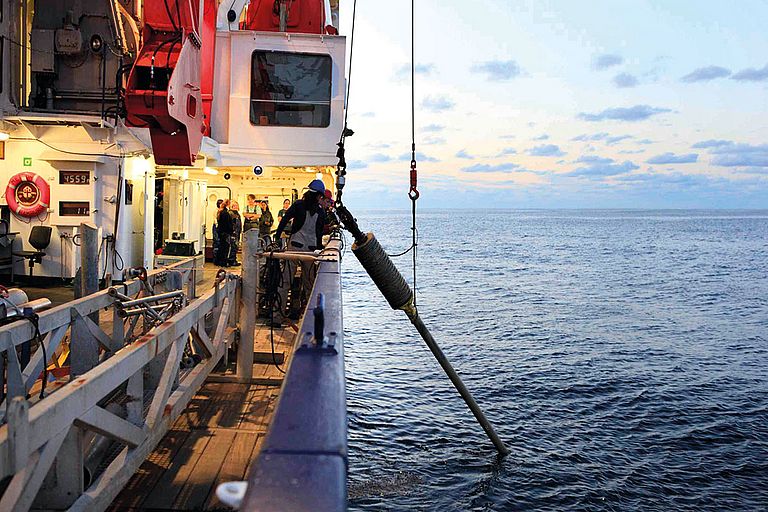
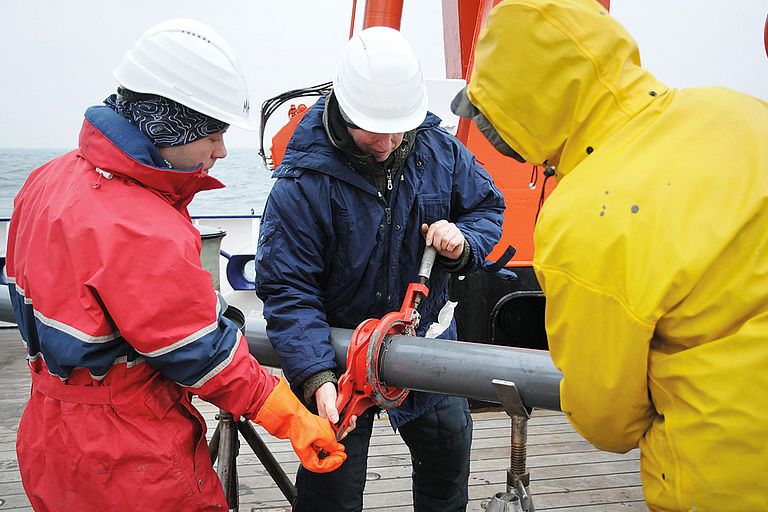
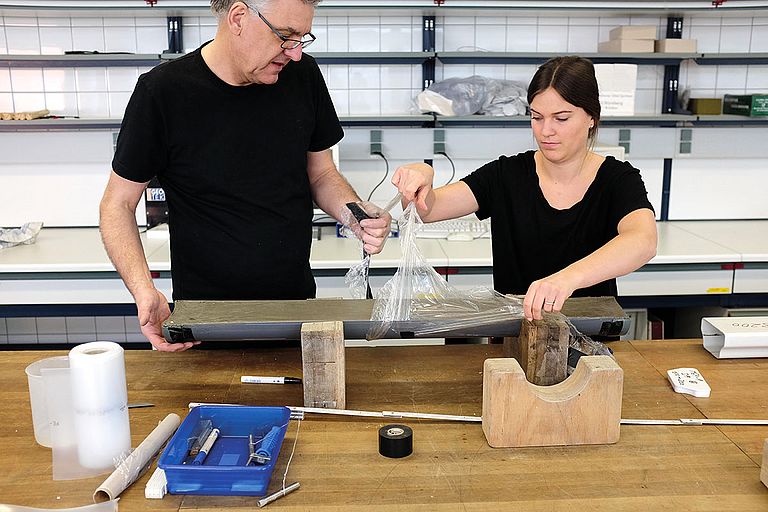
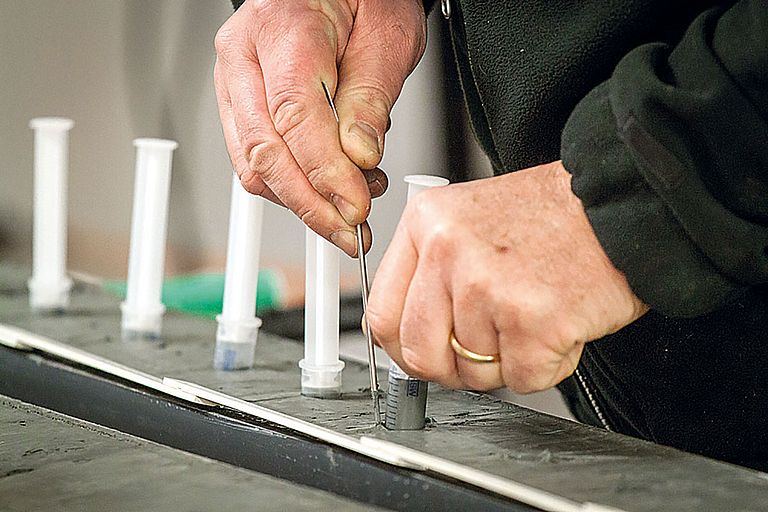
![[Translate to English:] An ice edge by the sea in the sunshine](/fileadmin/_processed_/4/b/csm_Pressemeldung-Fotos-M-Gutjahr5_3b49b535a7.jpeg)
